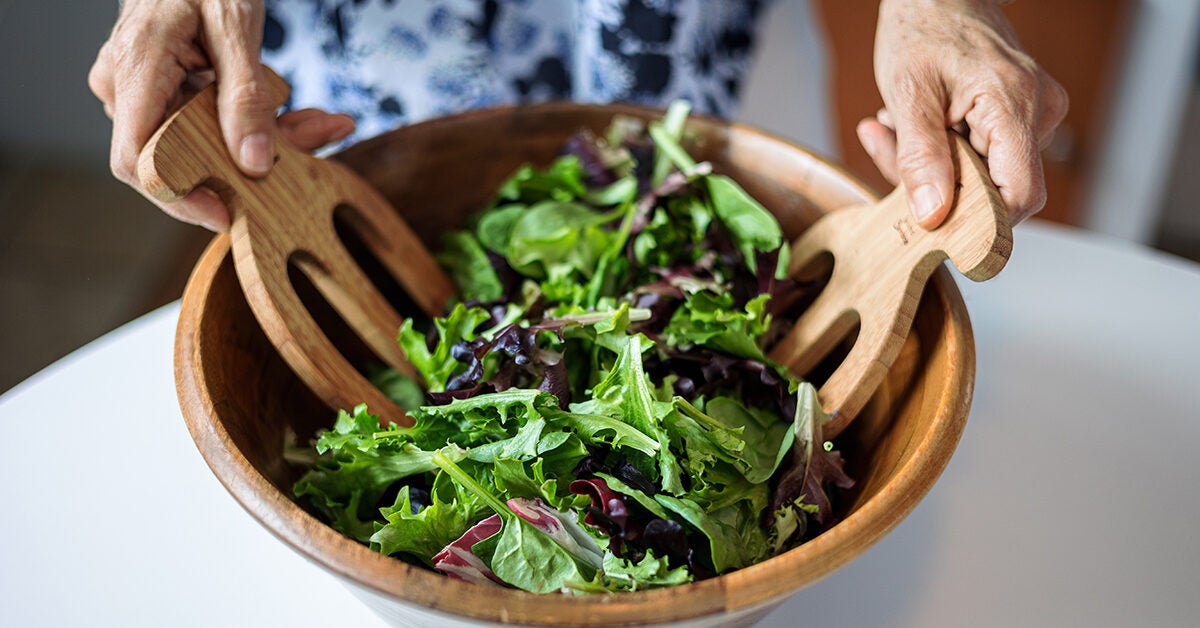
San Diego offers a variety of places where you can eat vegan. Below is a list of some of the most popular vegan restaurants in San Diego. These restaurants feature delicious vegan cooking and serve all-vegan dishes. The restaurant's breakfast menu is loaded with options, including tofu scramble, tater tots, chili, avocado, Texas toast, and chocolate-chip pancake slam. Here, you can also enjoy vegan junk food.
Loving Hut
Loving Hut vegan food is available at an affordable price. There is something for everyone, whether you are a novice vegetarian or an old-timer vegan. There are over 200 locations currently in 35 countries. Loving Hut is a great website for finding a restaurant near to you. The chain offers many varieties of food. This vegan fast-food chain focuses on plant-based gourmet cooking.

El Mundo
This Latin American cafe in Madrid has vegan food as well as a great list of cocktails. There is a great patio with patio seating, and there are plenty of options for children. You don't need to dress up either. Families can order takeout. El Mundo is a great place for food and drinks in the city.
Mayan Cafe
Mayan Cafe is an excellent choice for vegans. This restaurant is part of the Louisville farm to table movement. It was located on East Market Street before NuLu. The restaurant's main menu features seasonal vegetables. You won't be disappointed if you are looking for authentic Mayan culture.
Screamer's
Screamer's Vegan Restaurant in Greenpoint is a brand new pizza place that opened its doors in Brooklyn last summer. While the idea of a slice shop that specializes in vegan food is not new, it now offers vegan cheese pizzas. The menu offers 13 different pizzas that are topped with vegan meats and cheeses. You can also choose from vegan sausage, avocado, and broccoli rabe.
Dirt Candy
As a vegan, you may be wondering whether Dirt Candy is good for you. This restaurant isn't just for vegans. Cohen created a new style in vegetable cooking and does not use processed meats. You can still enjoy delicious and decadent vegan meals, unlike many vegan restaurants. The restaurant welcomes everyone and is very creative.

The Ivy
The Ivy on the Square in Edinburgh is the perfect place to go if you are looking for a vegan and vegetarian restaurant. The restaurant offers a wide variety of delicious vegan and vegetarian options. The new restaurant is open to tourists and locals alike. It offers both vegan and traditional vegetarian options. The menu is easy to navigate for vegetarians and vegans. The Ivy's vegan and vegetarian options include snacks, mains, sides, and desserts.
FAQ
Which diet is best for me?
The best diet for you depends on several factors, like your age, gender, weight, health conditions, and lifestyle habits. Also, consider your energy expenditure, your preference for low-calorie food, and whether you enjoy eating fruits or vegetables.
Intermittent fasting is a good option if you're trying to lose weight. Intermittent eating means you only eat specific meals throughout the day. It's not like three big meals. This might be better than traditional diets that have daily calorie counts.
Some studies suggest that intermittent fasting may improve insulin sensitivity and reduce inflammation, which can lead to improved blood sugar levels and reduced risk of diabetes. Research suggests that intermittent fasting can promote fat loss and improve overall body composition.
What's the difference between a calorie and kilocalorie?
Calories are units used to measure the amount of energy in food. Calories is the unit of measurement. One calorie is equal to one degree Celsius in energy.
Kilocalories are another term for calories. Kilocalories can be measured in thousandsths of one calorie. 1000 calories are equal to one kilocalorie.
Take herbs and other supplements to improve your immunity
You can boost your immune function with herbs and natural remedies. Ginger, garlic, ginger, oregano oils, echinacea and ginkgo biloba are some of the most common.
These herbs should not be considered as a substitute for conventional medical treatment. They may cause side effects such as nausea, diarrhea, stomach cramps, headaches, dizziness, and allergic reactions.
Statistics
- According to the 2020 Dietary Guidelines for Americans, a balanced diet high in fruits and vegetables, lean protein, low-fat dairy and whole grains is needed for optimal energy. (mayoclinichealthsystem.org)
- According to the Physical Activity Guidelines for Americans, we should strive for at least 150 minutes of moderate intensity activity each week (54Trusted Source Smoking, harmful use of drugs, and alcohol abuse can all seriously negatively affect your health. (healthline.com)
- The Dietary Guidelines for Americans recommend keeping added sugar intake below 10% of your daily calorie intake, while the World Health Organization recommends slashing added sugars to 5% or less of your daily calories for optimal health (59Trusted (healthline.com)
- nutrients.[17]X Research sourceWhole grains to try include: 100% whole wheat pasta and bread, brown rice, whole grain oats, farro, millet, quinoa, and barley. (wikihow.com)
External Links
How To
What does the word "vitamin" mean?
Vitamins are organic substances found naturally in food. Vitamins allow us to absorb nutrients from food. Vitamins cannot come from the body so food must provide them.
There are two types if vitamins: water soluble, and fat soluble. Water-soluble vitamins dissolve easily when they are dissolved in water. These include vitamin C (thiamine), Vitamin B1 (riboflavin), Vitamin B2 (riboflavin), Vitamin B3 (niacin), Vitamin B6 (pyridoxine), Vitamin C, B1 (thiamine), Vitamin B2 (riboflavin), Vitamin B3 (niacin), and Vitamin B6 (pyridoxine). The liver and fatty tissues are home to fat-soluble vitamins. You can find vitamin D, E K, A and beta carotene as examples.
Vitamins are classified according their biological activity. There are eight major types of vitamins.
-
A - vital for normal growth and maintaining good health.
-
C – essential for proper nerve function.
-
D – Essential for healthy teeth, bones and joints
-
E - required for good vision & reproduction.
-
K - required for healthy muscles and nerves.
-
P – Vital for building strong bones.
-
Q – aids digestion and absorption.
-
R – Required for making red blood vessels.
The recommended daily allowance (RDA) of vitamins varies depending on age, gender, and physical condition. The U.S. Food and Drug Administration, (FDA), sets the RDA value.
For adults aged 19 and older, the RDA for vitamin B is 400 micrograms daily. Pregnant women require 600 micrograms daily to support fetal development. Children ages 1-8 require 900 micrograms per day. Infants under one year of age require 700 micrograms per day, but this amount decreases to 500 micrograms per day between 9 months and 12 months of age.
Children aged 1-18 require 800 micrograms of sugar per day, while those who weigh more than 1200 need 1000. For their nutritional needs, underweight children need 1200 mg per day.
Children between 4-8 years of age who have been diagnosed by anemia must consume 2200 micrograms daily of vitamin C.
2000 micrograms per person is necessary for general health. Mothers who are pregnant, nursing, or have a high nutrient need will require 3000 micrograms a day.
Adults over 70 need 1500 micrograms daily, since they lose around 10% of their muscle mass every decade.
Women who are pregnant, nursing or breastfeeding need more than the RDA. Pregnant women require 4000 micrograms daily during pregnancy, and 2500 micrograms every day after birth. Breastfeeding mothers need to consume 5000 micrograms each day when breastmilk has been produced.